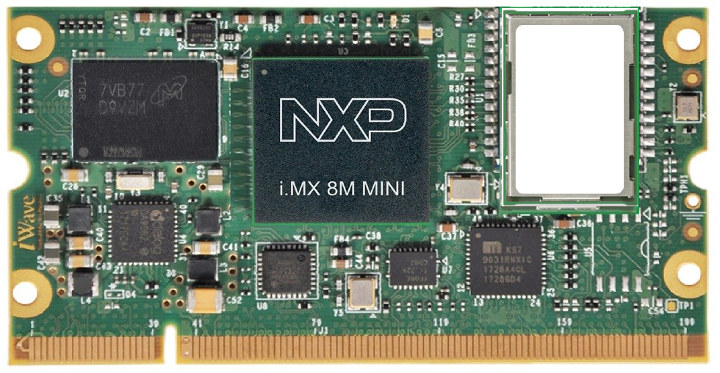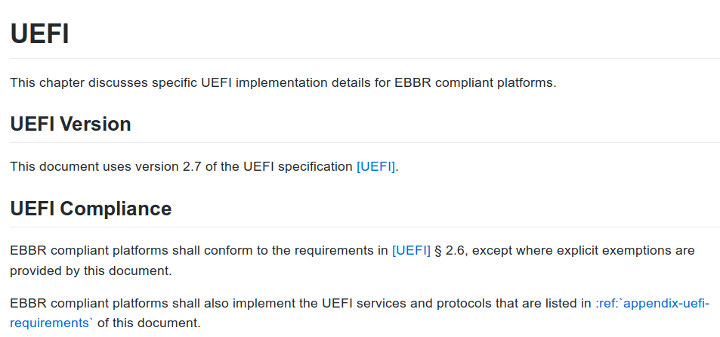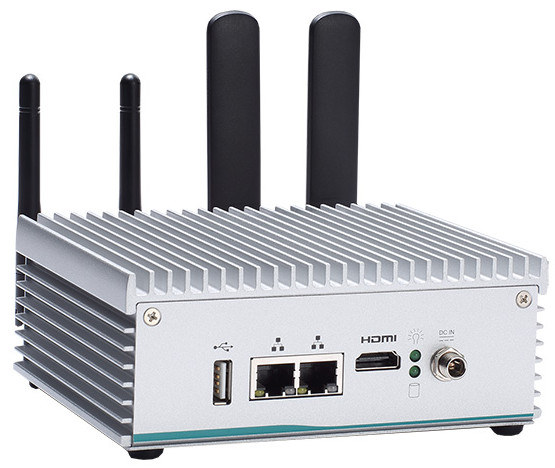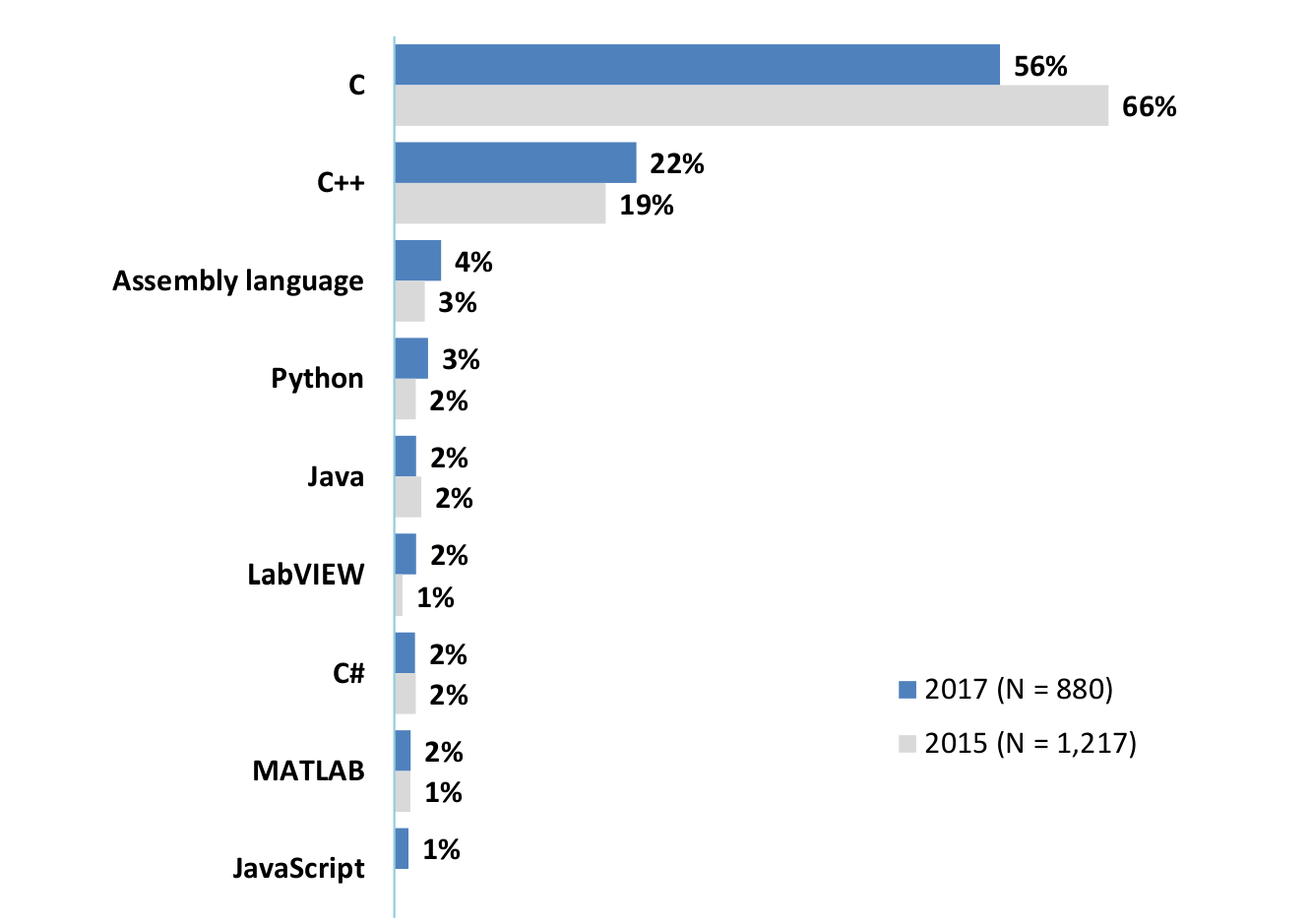NXP nomenclature for their i.MX 8M processors can be a little confusing. First discovered in 2016, the original i.MX 8M processor family comes with one to four Arm Cortex-A53 cores, a real-time Cortex M4 core, targets multimedia application with FullHD or 4K decoding/encoding support and is manufactured using a 28nm process. NXP then announced i.MX 8M Mini processor family in February 2018 with a 14-nm FinFET processor allowing a higher maximum CPU frequency of 2.0 GHz, less video output interfaces (no HDMI, nor DisplayPort), and optional Full HD video encoder and decoder, .e.g no 4K. Finally, earlier this year, the company unveiled NXP i.MX 8M Nano further power-optimized with the same 14nm manufacturing process, but a lower frequency of 1.5 GHz, and a Cortex-M7 core replacing the Cortex-M4 core found in previous i.MX 8M processors. This allows i.MX 8M Nano SoC to have a 2W TDP, and achieve sub-watt power […]
Obvious is an App Store for Embedded Devices
Mobile devices have gotten their own app stores for more than 10 years already, with Google Play for Android and Apple App Store for iPhones and iPads. Linux powered IoT devices – usually gateways – also got their own app stores with branded Ubuntu app stores relying on Ubuntu Snaps, although I’m not sure they are widely used. However, low power embedded devices usually based on microcontrollers did not get their own app store, and Obvious aims to fill this gap with the Obvious platform, an app store for embedded devices, which enabled after-sales features and upgrades. Obvious app store is currently in Beta and works exclusively with Nordic Semi based products at this stage. We don’t know an awful lot about the services, except it will enable a new revenue stream for providers of low power wireless IoT devices. Some benefits listed by the company include: Untapped resources – […]
Embedded Base Boot Requirements (EBBR) Project Aims to Standardize Booting on Embedded Systems
Desktop and server systems relies on standardized interfaces between the bootloader and the OS like UEFI and ACPI, but for embedded systems the way the bootloader, often U-boot, handles the boot flow may vary greatly between targets. Arm and its partners already worked on this in the server space with the Server Base Architecture Specification (SBSA) , and more specifically the Server Base Boot Requirements (SBBR) within the specification that requires the use of both UEFI and ACPI on servers. Arm has now done something similar with the Embedded Base Boot Requirements (EBBR) project that targets specifically embedded systems, is based on a subset of UEFI, and works with either ACPI or device tree. EBBR specification once implemented in bootloaders like U-boot or Tianocore/EDK2 should allow a single version of an OS image to boot on multiple platforms without the per-platform customization required today.. In practical terms it means the […]
Axiomtek eBOX560-900-FL Ubuntu 16.04 Fanless Embedded Computer is Powered by NVIDIA Jetson TX2 Module
Axiomtek has unveiled eBOX560-900-FL fanless embedded computer equipped with an NVIDIA Jetson TX2 module, two Gigabit Ethernet ports, a HDMI 2.0a port, an NVMe slot, etc. It also supports WiFi and LTE connectivity for gateway applications. The rugged computer runs Ubuntu 16.04, targets high performance AI workloads such as machine vision, deep learning, and edge computing, and comes with IP40 protection, vibration resistance, and -10 to 50°C temperature range support. Axiomtek eBOX560-900-FL specifications: SoM – NVIDIA Jetson TX2 module with SoC – NVIDIA TX2 hexa-core processor with 2x Denver cores, 4x Arm A57 cores, and a 256-CUDA core NVIDIA Pascal GPU System Memory – 8GB 128-bit LPDDR4 @ 1866 MHz Storage – 32GB eMMC flash Storage – 1x M.2 2280 M-Key slot w/ PCIe 2.0 x4 (supports M.2 NVMe SSD) Video Output – 1x HDMI 2.0 with 4K2K support Connectivity 2x 10/100/1000 Mbps Ethernet (NVIDIA + Intel I210-IT) 802.11ac WiFI […]
Aspencore 2017 Embedded Markets Study – Programming Languages, Operating Systems, MCU Vendors, and More
Aspencore media group asked readers of their EE Times and Embedded.com websites to fill out an online survey about their embedded system projects. They got 1,234 respondents mostly from North America (56.3%), followed by Europe (25.2%), and Asia (10.6%). This resulted in a 102-page market study which you can download here. I’ve extracted a few slides to have a look at some of the trends. C language is still the most used language in embedded systems, but other languages like C++, Python and even assembly language are gaining traction. Operating system is more spread with Linux being the most used via Embedded Linux distributions, Debian, and Ubuntu. FreeRTOS comes in second place, while Android registers fourth with 13%. Git has finally supplanted Subversion in 2017, with all other version control software losing ground. Switching to some hardware slides, 44% used a development board to start their embedded design with ST […]
Embedded Linux Conference & IoT Summit Europe 2016 Schedule
Embedded Linux Conference & IoT summit 2016 first took place in the US in April, but the events are now also scheduled in Europe on October 11 – 13 in Berlin, Germany, and the schedule has now been published. Even if you are no going to attend, it’s always interesting to find out more about the topic covered in that type of events, so I had a look, and created my own virtual schedule with some of the sessions. Tuesday, October 11 10:40 – 11:30 – JerryScript: An Ultra-lightweight JavaScript Engine for the Internet of Things – Tilmann Scheller, Samsung Electronics JerryScript is a lightweight JavaScript engine designed to bring the success of JavaScript to small IoT devices like lamps, thermometers, switches and sensors. This class of devices tends to use resource-constrained microcontrollers which are too small to fit a large JavaScript engine like V8 or JavaScriptCore. JerryScript is heavily […]
The Eclipse Foundation Releases Open Source Smart Home & IoT Gateway Frameworks, MQTT & oneM2M Implementations
The Eclipse Internet of Things (IoT) Working Group has released – or soon will be releasing – four open source projects for the Internet of Things with Eclipse SmartHome 0.8 framework, Eclipse Kura 2.0 IoT gateway framework, Eclipse Paho 1.2 MQTT & MQTT-SN clients, and Eclipse OM2M 1.0 implementation of oneM2M standard. Eclipse SmartHome 0.8 Eclipse SmartHome is a framework for smart home solutions that runs on embedded devices, including Raspberry Pi, BeagleBone Black or Intel Edison development boards. The latest SmartHome 0.8 release includes a new REST API and corresponding “Paper UI” administration interface, support for new devices including Sonos speakers, LIFX bulbs, Belkin WeMo devices, digitalSTROM systems, EnOcean devices (via a new OSGi EnOcean Base Driver) and others, as well as a new rule engine supporting templates for beginners, JavaScript for automation rules and graphical rule editors. You can find more details on Eclipse SmartHome page, and/or download SmartHome 0.8, […]
Upcoming ARM TrustZone Webinars Explaining Embedded Systems / IoT Security to Non-security Experts
Most people understand that securing the IoT is important, but security is a highly a complex subject, and as seen with the many security breaches, even specialists – who in theory should now better – get their devices or online accounts hacked. So even if you are not a security expert, but are involved in the development of embedded systems, it’s important to get acquainted with online and offline security and understand how all this all work, at least from a high level perspective, without necessarily having to dig into the technical details. ARM is organizing two webinars catering to people who are not security experts, and explaining how they can secure embedded systems using the company’s TrustZone technology. The first webinar entitled “How to build trust and security into your embedded device” will allow participant to gain an understanding of the security that will need to be applied in […]










